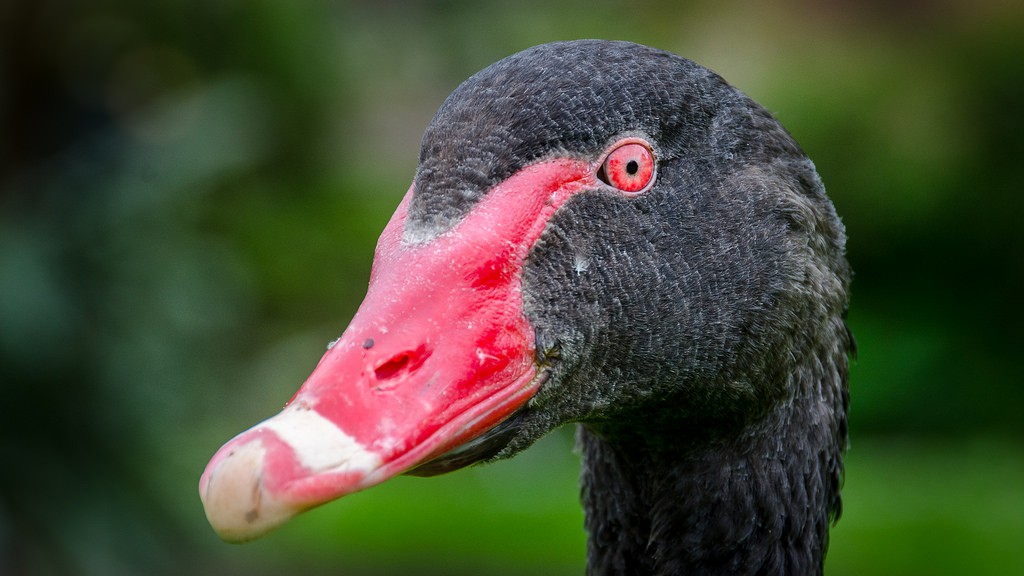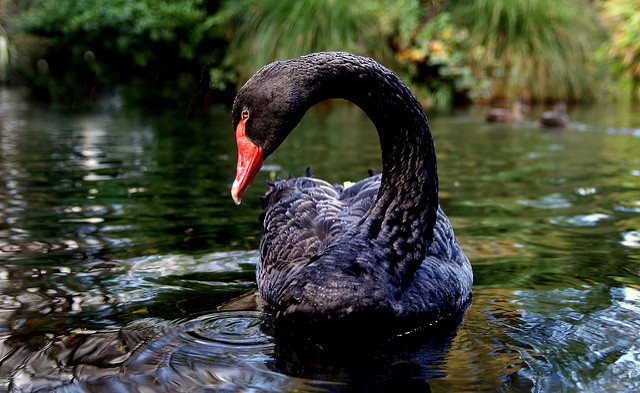Centuries Ago, New Zealand's Giant Black Swans Were Repealed and Replaced
Posted on Categories Discover Magazine

The all-black swans that glide across New Zealand’s wetlands today are only a lame replacement for the bulky beasts that lived there in the past, scientists have discovered.
When humans first arrived in New Zealand in the thirteenth century, they found it swimming in black swans. But quickly, it seems, they hunted the birds to extinction. By the time Europeans arrived in the late eighteenth century, the swans were gone. But black swans had lived in Australia all along, and these birds were eventually reintroduced to New Zealand—either intentionally, by humans, or by flying themselves over.
Researchers have assumed that the black swans of the past were the same species that lives there today. Their period of extinction was just a blip in their long-term residency of New Zealand, the story went. But analysis by Nicolas Rawlence of the University of Otago and his colleagues uncovered a different tale.
The researchers took DNA samples from 47 modern black swans. They also gathered ancient DNA from black swan fossils in museum and university collections, dating from 1280 to 1800. The fossils had come from across New Zealand and the Chatham Islands.
The DNA showed that modern black swans and ancient ones weren’t the same bird at all. The ancient New Zealand black swans had been their own species, living and evolving on the islands apart from their Australian relatives.
Analysis of the birds’ skeletons showed that island life had given the New Zealand swans a distinct look. They had long, sturdy legs, with proportionately shorter wings. And they were 20 to 32 percent heavier than modern black swans (the ancient ones weighed as much as 10 kilograms, or 22 pounds).
Biololists have an idea called the “island rule” that says animals on islands evolve weirdly: small species tend to get huge, while big ones shrink (giant rodents, dwarf hippos). The researchers say the black swan fit this pattern. On the New Zealand islands, where it had no land-based predators, the black swan bulked up. It would have had a hard time getting off the ground, the researchers say, and was likely on its way to becoming flightless.
The authors call the extinct black swan the Poūwa. This is the name of a bird from Moriori legend that seems to have been the giant black swan—not just a legend after all.
Image: top by Kathrin & Stefan Marks; bottom by Bernard Spragg. NZ (both via Flickr)
